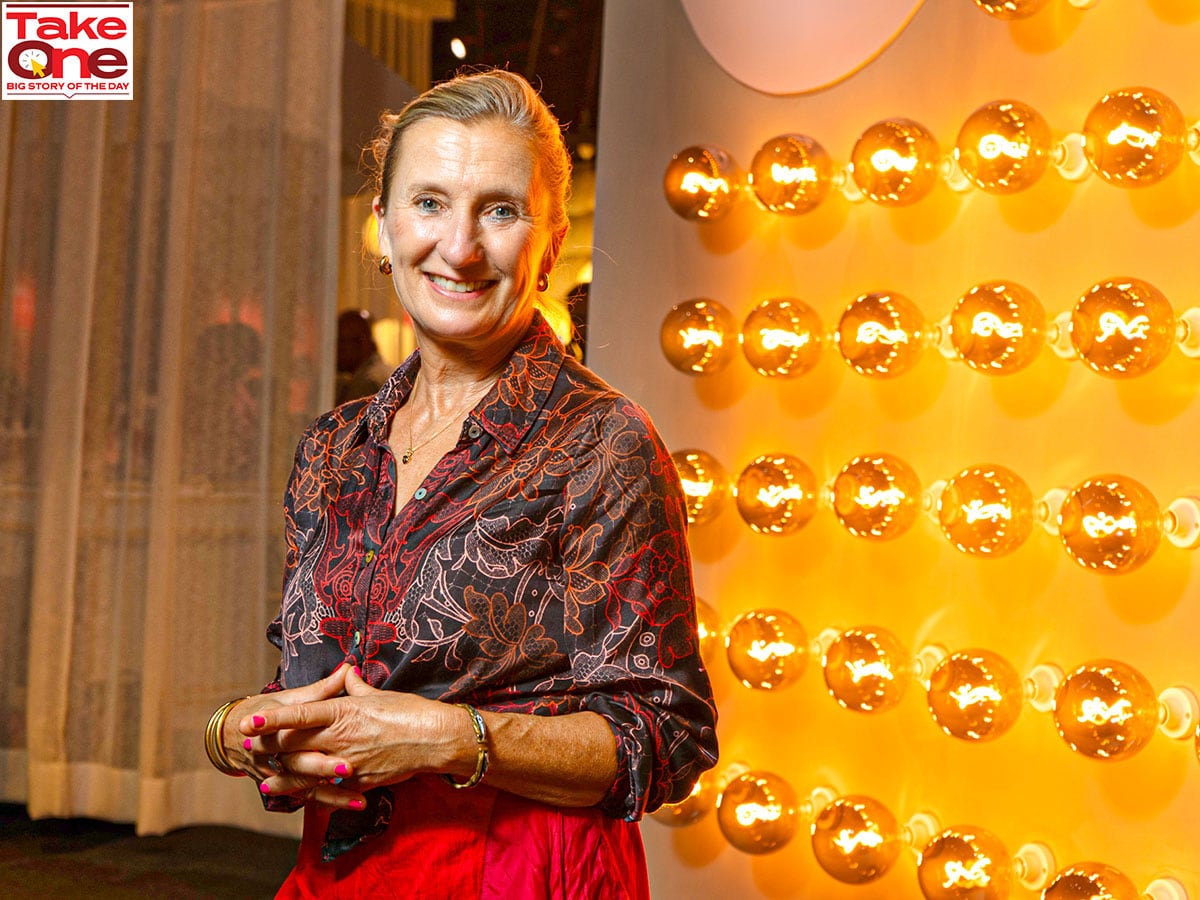How Ikea's online-first strategy worked in the Indian market
Online contributes over 20 percent of their revenue, as opposed to the industry average of 11 percent, says the Sweden-based global home furnishing brand
 Susanne Pulverer, CEO and chief sustainability officer, Ikea India; Image: Neha Mithbawkar for Forbes India
Susanne Pulverer, CEO and chief sustainability officer, Ikea India; Image: Neha Mithbawkar for Forbes India


















